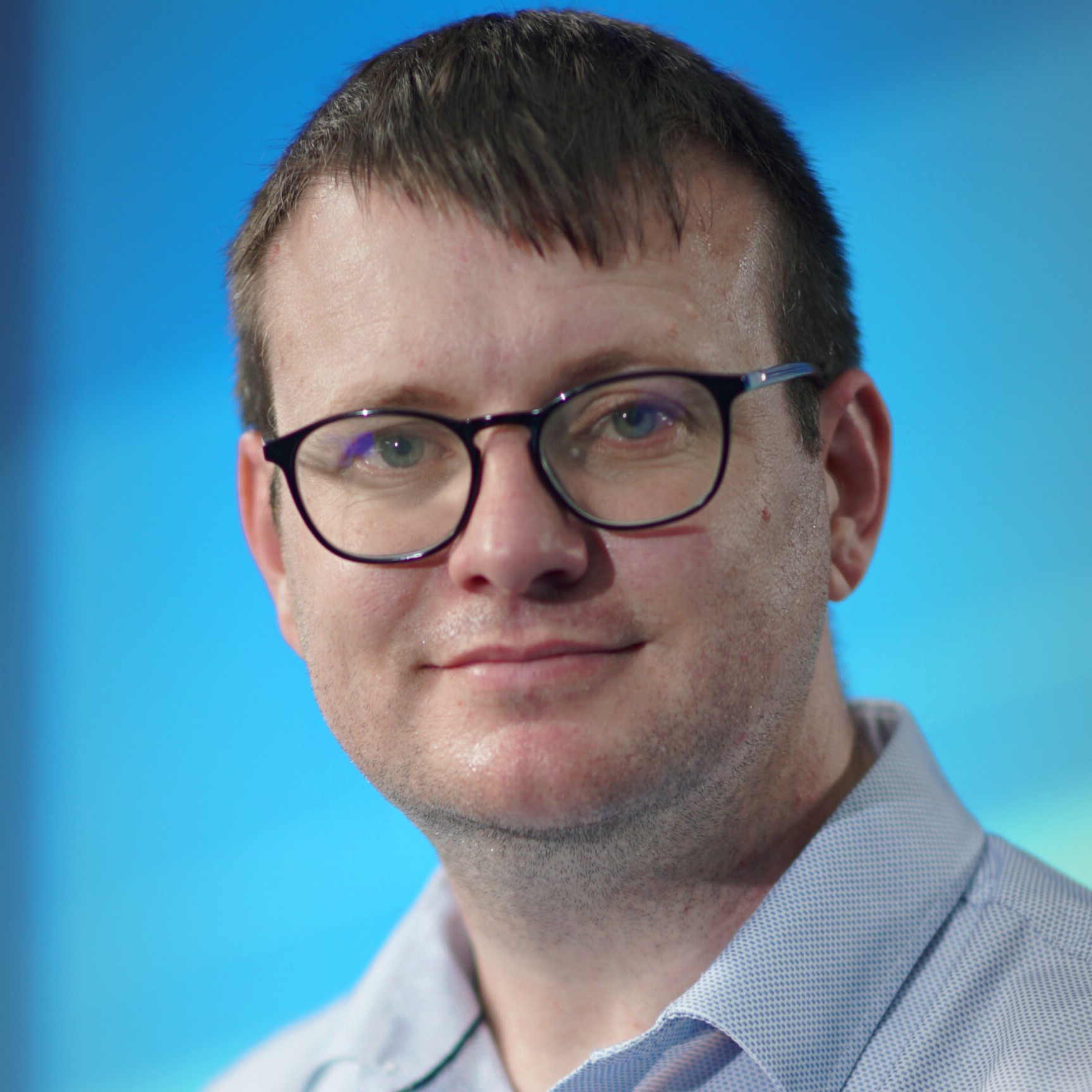Three ‘R-words’ keep coming up during my conversations with Fidelity International’s systematic equity team. The first, ‘Repeatability’, lies at the heart of why the team exists, which is to apply quantitative techniques to qualitative, human knowledge.
This approach offers two big advantages. It allows the team’s three portfolio managers to cover vastly more ground than most of their peers. Second, building portfolios systematically promotes consistency, reducing the space available for emotions to influence decision making.
In essence, the team has built a process that can take the thousands of notes Fidelity’s analysts write about the companies they cover and identify the most promising needles in this giant haystack. It’s an approach that also lends itself well to incorporating the deluge of ever-changing information that comes with new investor demands, like the growing interest in sustainability over recent years.
Capturing alpha from proprietary research
‘Research’ is the second R-word.
“All we’re trying to do,” says portfolio manager Matt Jones, “is capture that idiosyncratic, proprietary alpha that we know our research team generates.”
Chart 1 shows cumulative returns of all Fidelity International research ratings - buys and sells - going back to the start of the last decade, with strong-conviction buys and sells given a double weighting. These returns are based on historical simulated returns using Fidelity’s proprietary modelling.
Chart 2 meanwhile shows how analysts’ proprietary research has consistently generated alpha across regions over a 13-year period.
Note that the charts above are not based on returns from any systematic strategy, simulated or otherwise. Rather, they demonstrate the raw alpha that, collectively, Fidelity’s analysts have generated. The systematic equity team’s job is to tap into all that research in ways that are consistent with a given investment objective.
“We distil down the ideas and the knowledge from the research team into quantitative indicators, things like buy and sell ratings, the stock’s position in the analyst’s model portfolio, which indicates their level of conviction, and for some portfolios, sustainability ratings and the trajectory of individual companies’ sustainability,” says Hiten Savani, another of the team’s portfolio managers.
The team then run these quantitative outputs through a portfolio optimiser, which will suggest position sizes based on each stock’s expected return, risk, to what extent the different stocks in the portfolio have typically moved together, and the various quantitative outputs derived from Fidelity analysts’ research. The team can change the optimiser’s output by adding new data and setting different parameters in accordance with a given mandate, which is how they can incorporate new demands and new information if required.
“Clients like the fact that we are able to customise strategies,” says Stefan Kuhn, Fidelity’s Head of ETF and Index Distribution, Europe. “We can also be index-aware while still adding Fidelity’s research capability. Everything is still driven by us, alpha is driven by company selection.”
Sustainable investing, systematically
Sustainability is another such custom option.
“The biggest criticism I hear about passive exchange traded funds is that they buy the market irrespective of whether a company is sustainable or not,” says Kuhn. “You don’t have a choice to sell a company because you just replicate the index.”
The systematic equity team is able to incorporate engagements with companies’ management teams into its optimisation process by drawing on Fidelity’s sustainability ratings.
“Clients appreciate knowing the money they invest is being used to engage with investee companies,” says Kuhn.
I ask how the team deals with these various, sometimes competing priorities.
“There are a lot of trade-offs,” adds Savani. “So we optimise and review our positions regularly to really make sure we're getting the best set of trade-offs.”
The team also has software that can scan research notes to see if the write-up reflects the analyst’s rating.
“It’s just a little flag,” explains Dan Swift, one of the team’s portfolio managers. “Then we’ll read the note ourselves and check we’re happy or if there’s anything we want to change.”
Software can’t use judgement
This human-first approach brings us to the third and final R-word. This one uses human brain power to create the best approaches to portfolio design. During my conversations with the portfolio managers, I detect a clear note of pride whenever we’re discussing the technical details of the strategies they’ve designed. At one point someone uses the word ‘aRchitects’.
“Our job,” says Savani, “is to get the best out of the overall structure we’ve built, using our knowledge of how it all works.”







































